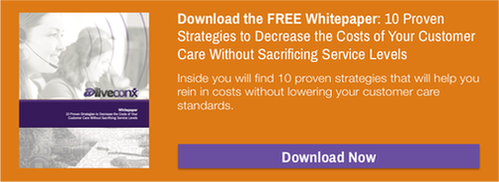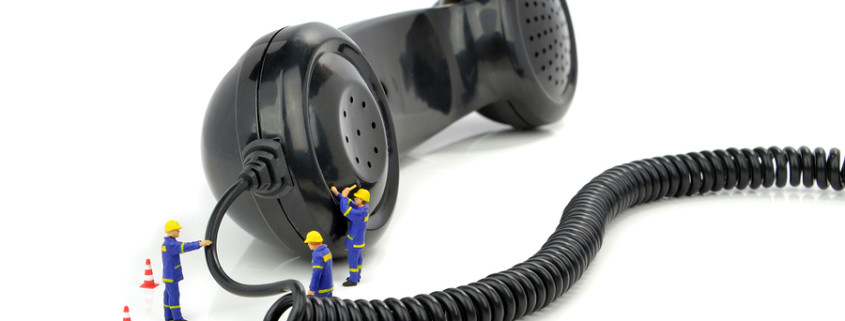Monitoring Mayhem: Tips to Improve Your Call Evaluations
Learn why your current call monitoring strategy may be failing you and what your centre can do it boost its performance.
It’s tough to find a contact centre without recording software these days. It’s become pretty ubiquitous technology in the customer service world, and is a necessary part of improving your inefficient call monitoring strategies.
However, integrating recording software can be tricky, and may lead to serious call quality and financial losses when you realize that a simple mistake caused you to miss out on hundreds of conversation touchpoints. Actionable information is valuable—data by the SQM Group showed that even a 1 percent increase in First Contact Resolution can add up to $276,000 in annual operational savings for the average contact centre.
Avoid these mistakes when implementing your recording software:
- Integration Failure – Make sure your recording platform is installed correctly and integrated with the software configuration you already have in place. Run a few tests in different user scenarios to gauge potential glitches or configuration issues with your other platforms.
- Employee Errors – This is one of the most common causes of recording failure. When implementing new software, make sure your entire team is on board and trained in its use. Recording hardware rarely fails on its own; the majority of the time, user error is the culprit.
- Lack of Assessment – Just because your recording software works in the beginning doesn’t mean that it will always perform flawlessly. Make sure you test the software after installing it and perform an evaluation of its status every so often.
The 3 Pillars of Call Monitoring
After your recording system has been tested and is ready to go, you can begin planning your assessment of your call monitoring structure. This should multi-step plan based around creating a standardized strategy, prioritizing calls of value, and auditing with a comprehensive view of the customer experience in mind:
1. Standardizing Your Scoring
The groundwork for your assessment involves creating a framework for call standardization. You can’t compare apples and oranges, right? For an objective analysis, a process map will need to be created that charts each employee’s role in the call monitoring procedure and what tools and techniques will be used. This normalization is important for consistency, and guarantees that any assessments you make will be comparable and free from bias.
The same treatment must be given to the way your calls are actually measured. Individual call scoring is important to provide a breakdown of each call as well as tracking call trends to gain insight on overall performance. Each part of the call should be assessed, starting with the initial hold time and including your greeting, call handling skills, problem resolution, and follow-up.
2. Prioritizing Time
Time is valuable—and calls are endless. Managers must carefully choose which calls to review to ensure that they’re not wasting hours of their time with few demonstrable results. Much like our call reviewal process above, the best way to meet your goal of better time management is to establish a system for which calls get your limited attention. This can be based on your own workforce (new employees, employees with previous performance issues) or customer-based (VIP customers, historically difficult customers).
And remember that once your protocol is in place, you’ll need to consistently monitor it over time. Small samples won’t do you any good—you must receive enough meaningful data to draw conclusions from. Decide on a regular schedule for call evaluation and begin collecting data for your call scoring and monitoring strategies that we discussed above.
3. Focusing on the Customer Experience
As every good contact centre should, you must put yourself in your customer’s shoes when monitoring call quality. Aside from being good practice, this outreach pays dividends—a Customer Experience report by Oracle showed that 60 percent of consumers always or often paid more for a better overall experience.
Take their entire journey into consideration. This means tracking time spent in tracking time spent in queue, previous history with the company, transfer times, what issues they’re having, and how they escalated to upper management. Improving agent performance and call quality is great, but this is the true end goal of all of your call monitoring strategies—a better and more effortless customer experience.
Monitoring Your Strategy
Call monitoring is the cornerstone of quality assurance in the contact centre, and involves a continual process of improvement. Reassess your strategies as your centre moves forward to uncover emerging areas of weakness and proactively address issues that you see coming. This gives your employees valuable feedback on their performance, ensures that your centre is utilizing optimized reviewal plans, and guarantees that you reap all the benefits that an improved customer experience offers. Want to learn more secrets to upgrading your call monitoring strategies? Check out our free white paper!










